This precious little guy (pictured above) is a Baw Baw frog (Philoria frosti).
Living only on the Baw Baw Plateau in Victoria’s high country, the species calls the region’s alpine sphagnum bogs home.
It’s an incredibly unique ecosystem, with just the right conditions for this equally unique species.
From reproduction through to young adulthood, the Baw Baw frog starts its life beneath the surface.
“The males set up call sites in a burrow that leads to underground chambers reliant on underground water,” explains Zoos Victoria threatened species biologist, Deon Gilbert. “From there they bring the females in. Here, all of the breeding, egg-laying, egg and larval development, and then the metamorphosis into tiny frogs happens.
“This is one of the most fascinating things to me with Baw Baw frogs – that they’re entire life history happens underground.”
If you want to know anything about Baw Baw frogs, Deon is the person to ask. He has spent more than a decade studying the critically endangered species and immersing himself in its world.
“I spend a significant proportion of my time up there at Baw Baw, in the forest, I feel like a Baw Baw frog half the time!” he says jokingly.
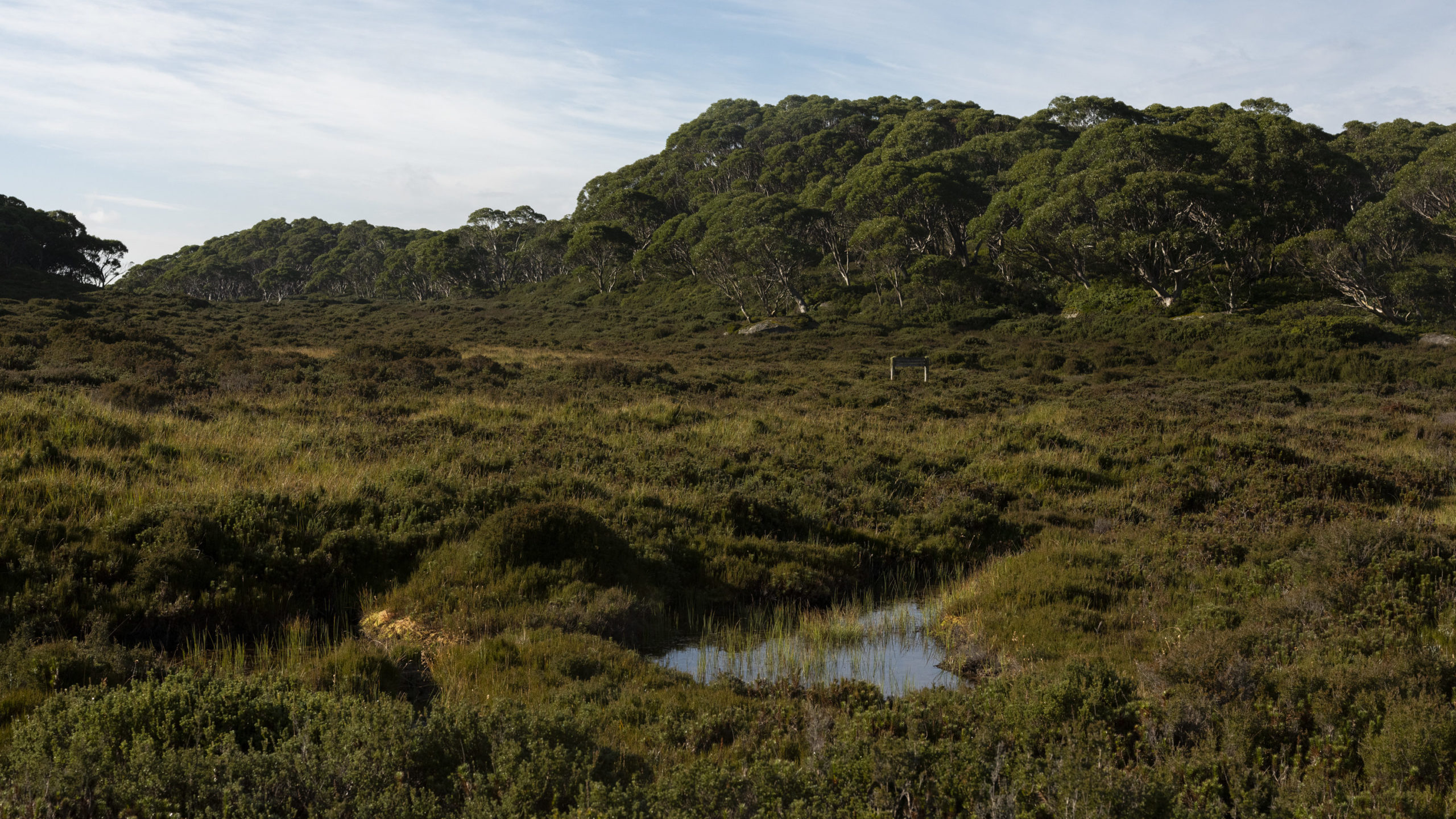
Not only is the Baw Baw frog endemic to the Baw Baw Plateau, it’s also the only amphibian species endemic to Victoria.
This is one of the reasons Zoos Victoria identified the frog as one of its priority Fighting Extinction species in 2010.
“So, in terms of a state-based species its really important to Victoria,” says Deon. “And, additionally, they’d suffered huge population declines which started in the early to mid ’80s when the population declined by about 90 per cent… and that decline just continued.”
This massive hit to the population was due to the spread of chytrid fungus (Batrachochytrium dendrobatidis) – responsible for the decimation of many frogs species throughout Australia, and to which the Baw Baw frog is particularly susceptible.
Before that, the frogs had also lost a lot of their habitat to deforestation due to decades of logging.
“Climate change and changing weather patterns were also drivers, and the introduction of feral pests. So there are a lot of compounding threats but by far the biggest has been chytrid fungus,” explains Deon.
By 2020 there were fewer than 1000 Baw Baw frogs left on the plateau.
“Now, it’s certainly significantly lower than that. We don’t have an exact number because they are very difficult to monitor.
“This will be the first year since the pandemic that we’ll be able to have a full field team… we’ll conduct full population transects across their known range, that’ll give us a bit more of an accurate picture.”
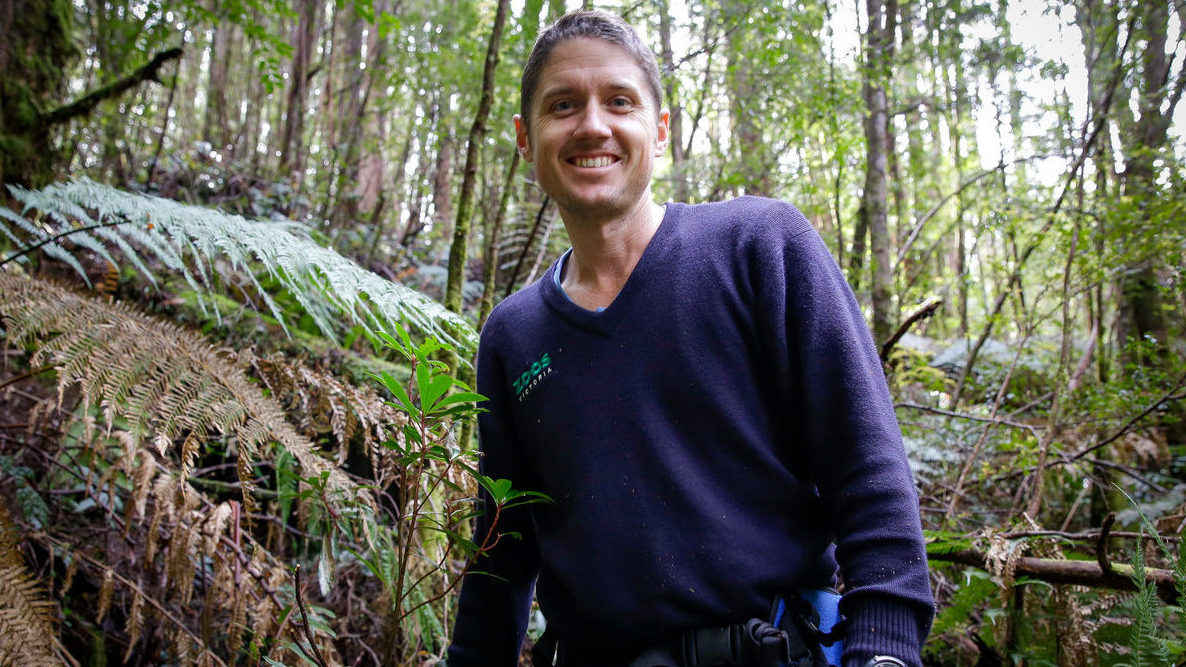
Despite the dwindling wild population, Deon and the Zoos Victoria team have had a string of successes in working to halt the extinction of the frog.
In 2018, Baw Baw frogs were successfully bred in captivity for the first time – no easy feat considering the species spends its whole metamorphosis phase in very specific underground conditions.
“It was a rocky start – they’re a tricky species,” says Deon.
One massive achievement was the invention of specialised frog breeding ‘bunkers’, complete with climate-control features to simulate the frog’s natural burrows.
“So we’ve had really good success with the conservation breeding, and that’s just improved year to year. Now we have a very large and healthy [captive] population.”
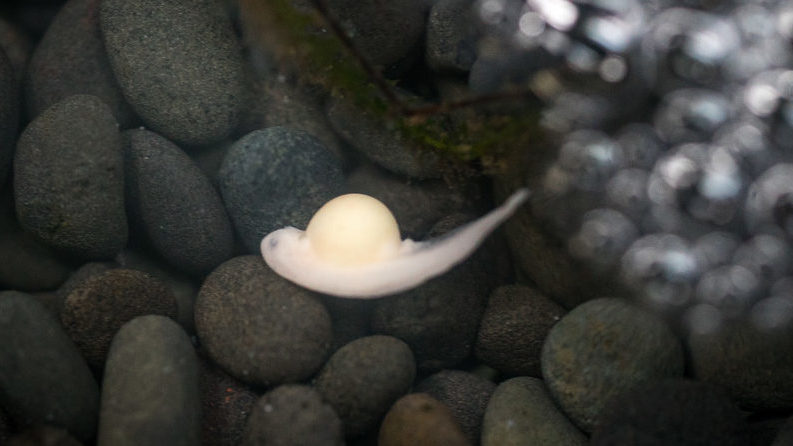
Having a stable insurance population living at Melbourne Zoo is one success, but the team also wanted to bolster the wild population. To do this, Dean says the team asked themselves the question: “How do we get captive-laid eggs back to the wild and get them to develop into adults in those really specific environmental conditions?”
“We’ve taken the knowledge from years and years of being in the field and watching these frogs develop,” he explains. “We’ve created these little buckets and we bury them into the natural hydrology and that creates an artificial egg-laying site.
“We then translocate the eggs from Melbourne Zoo back to those little release containers and they’ve been hugely effective… the majority of eggs that we take up [to the Baw Baw Plateau] develop all the way through to metamorphosis.”
But while the captive-laid eggs are successfully surviving in the wild all the way through metamorphosis, there’s no way of knowing if they survive to adulthood.
“Once they get to metamorphose, they are able to disperse [from the breeding containers] into the wild habitat.
“One of our big knowledge gaps is that we don’t really have an understanding of what they do when they’re little frogs and they go off into the forrest and what they do between there and when they return to the breeding sites as adults.
“They do take a little while to mature, so anywhere from four to six years from when they metamorphose then return as adults – it’s quite a long time, so we’re working to try to understand that piece of the puzzle. ”
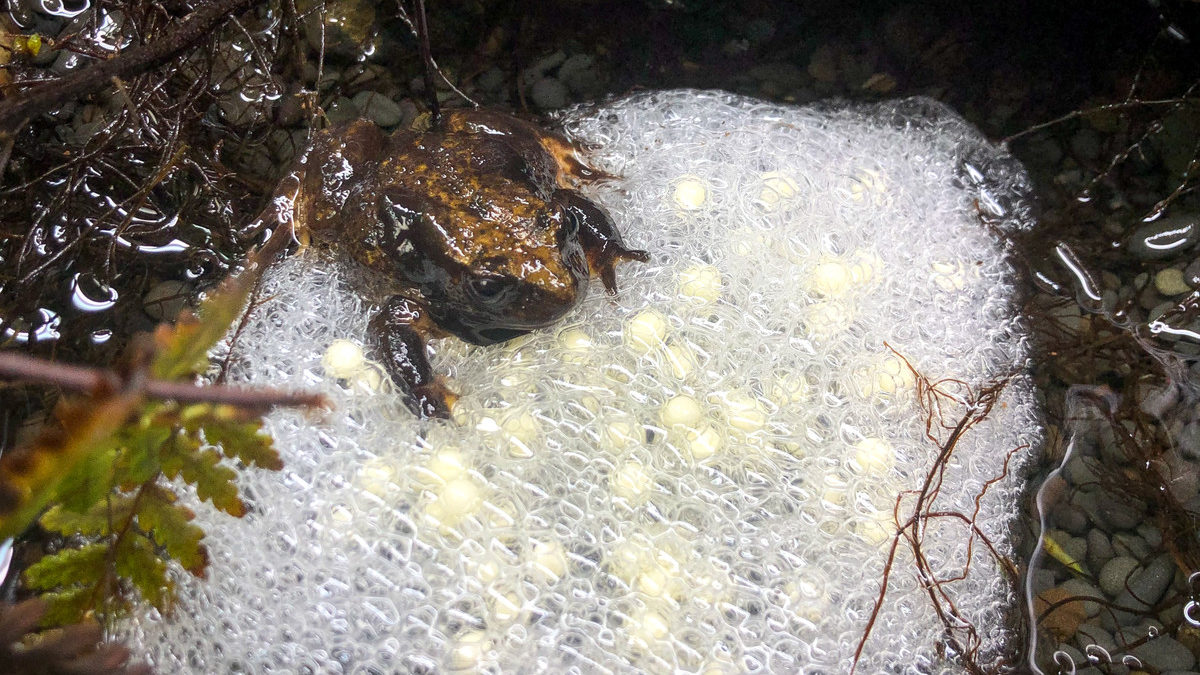
After successfully releasing captive-laid eggs back into the wild, the next step for the Zoos Victoria team was releasing captive-bred adults.
“We wanted to know what the best way is to get these frogs back under wild conditions and one of the key questions we had was ‘do captive-reared frogs that have spent their whole life in a conservation facility – where they have enough food and perfect conditions – get used to it? Do they get lazy? Can they be wild-fit?’”
And so, in November 2020, the team released a group of adult Baw Baw frogs – born and bred at Melbourne Zoo – into wild habitat on Baw Baw Plateau. Twenty five females and 25 males were released with tiny radio transmitters attached to track their movements “to see if they responded like wild frogs, maintained wild characteristics, and moved similarly to what we see with wild Baw Baws,” explains Deon.
“And, overwhelmingly, they did!”
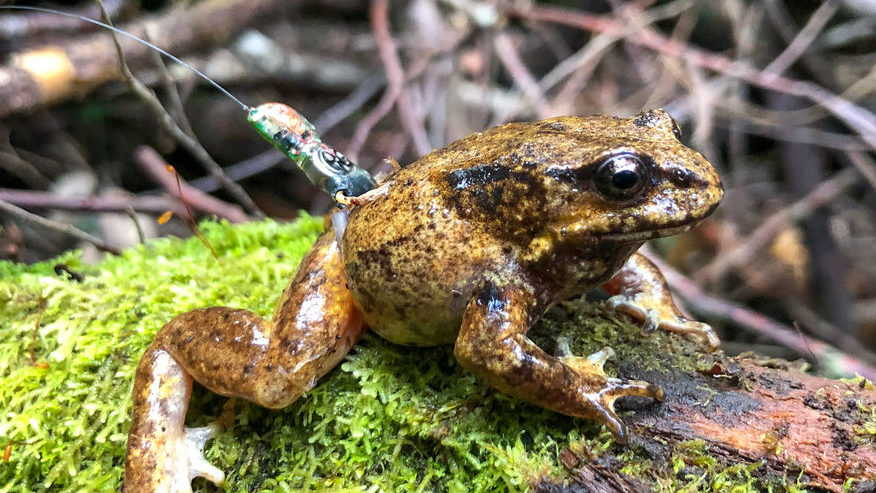
Another cohort of adults will be released later this year. “So that’ll be an ongoing focus of the recovery program – to release adults as well as eggs and larvae.
“The benefits of this strategy is spreading across demographics. If we were concentrating just on eggs we’d have to wait many years until they hopefully developed through to adults but if we can do eggs and larvae as well as adults were ticking off two critical life stages at the same time.”




